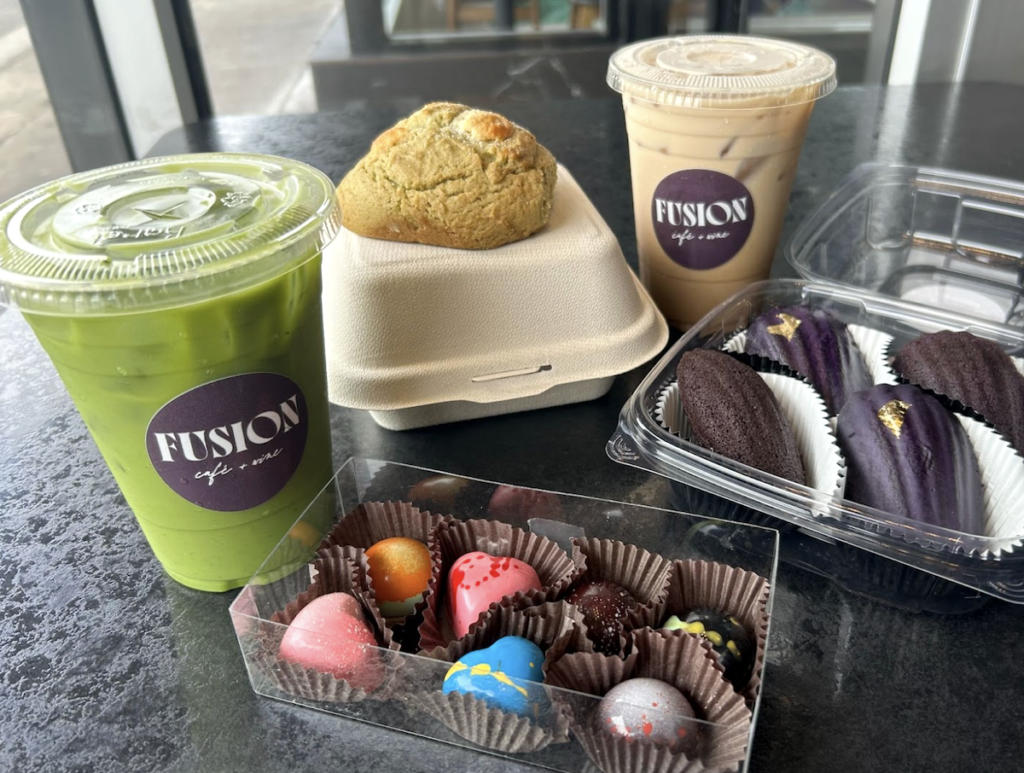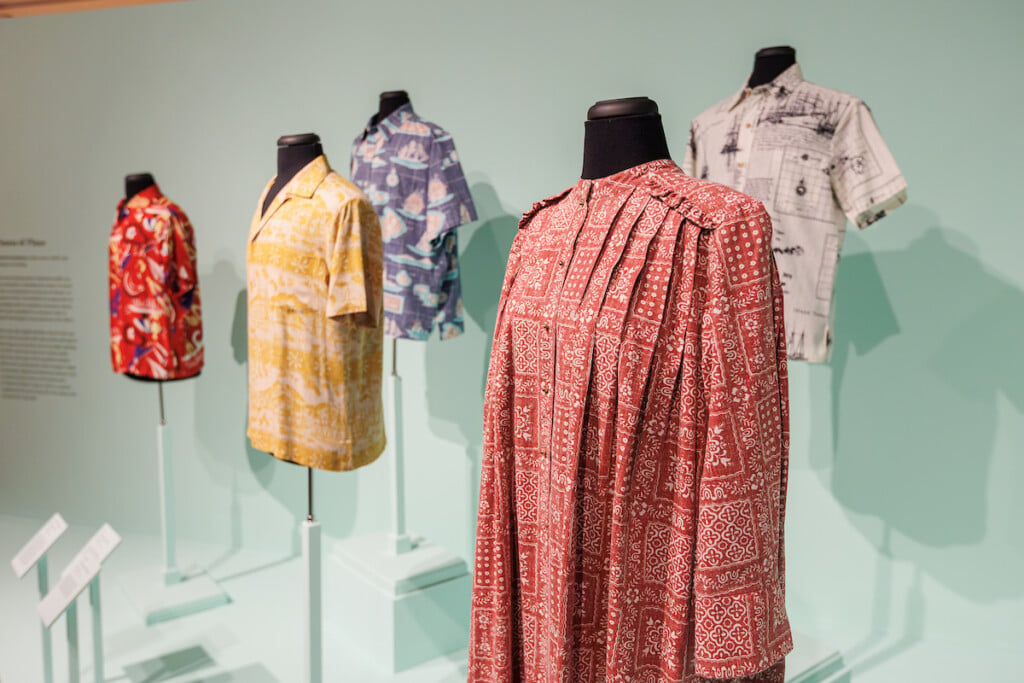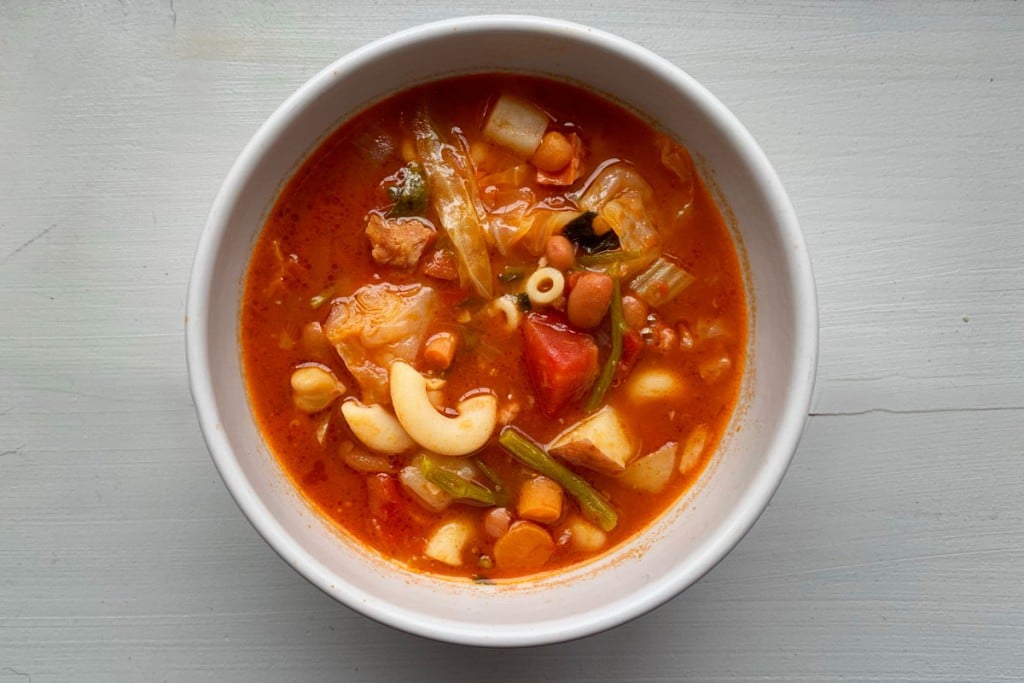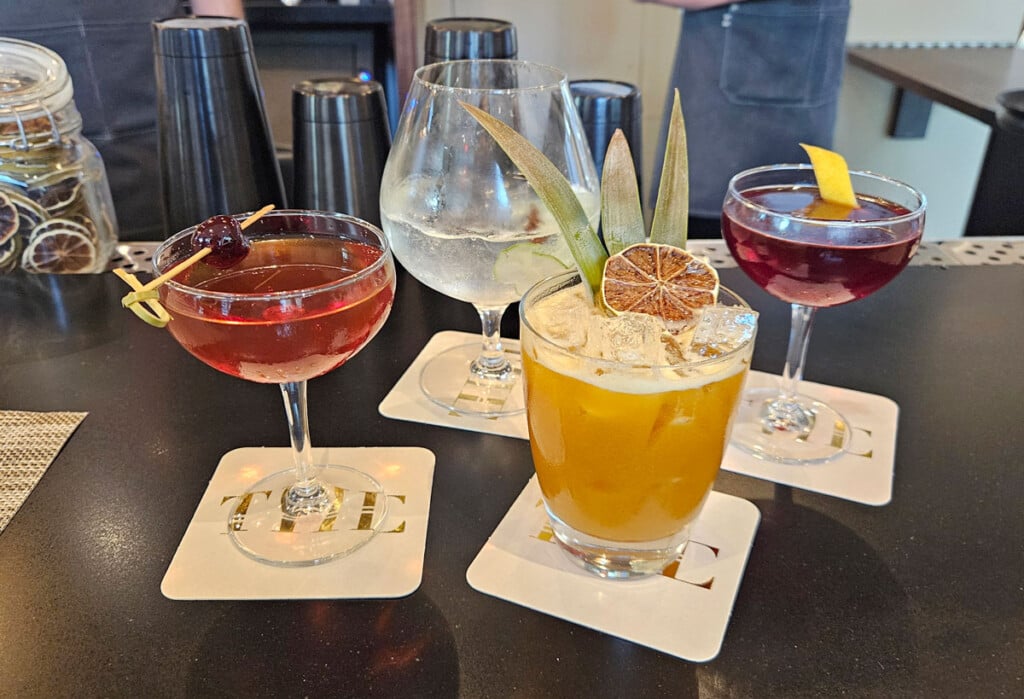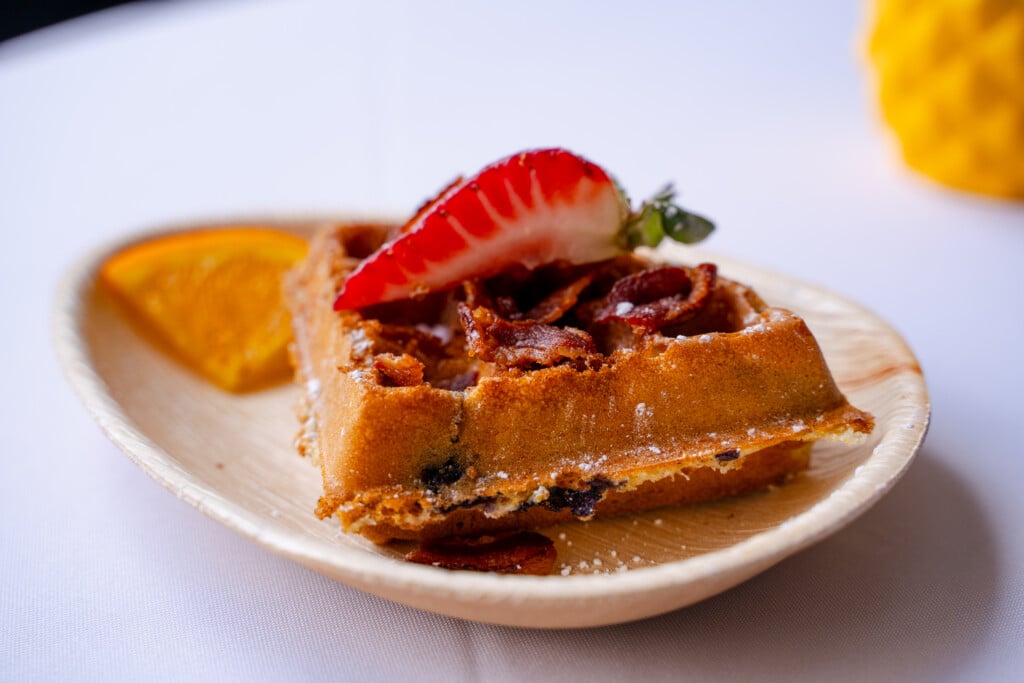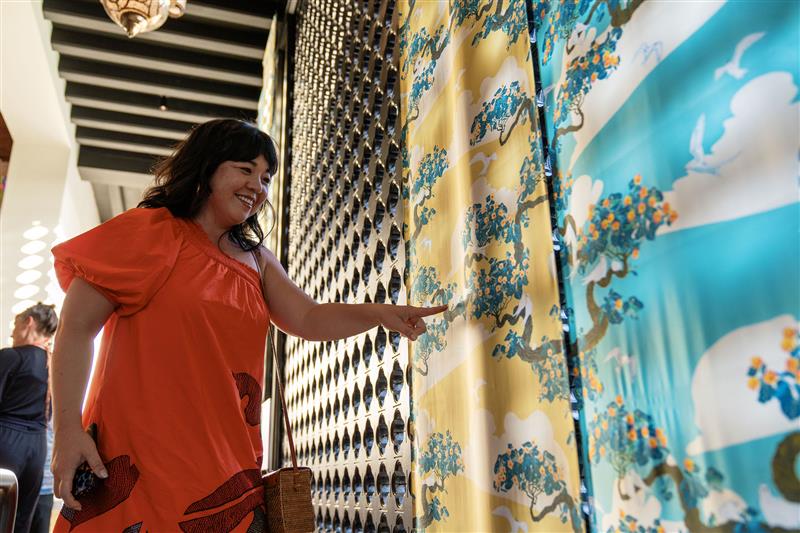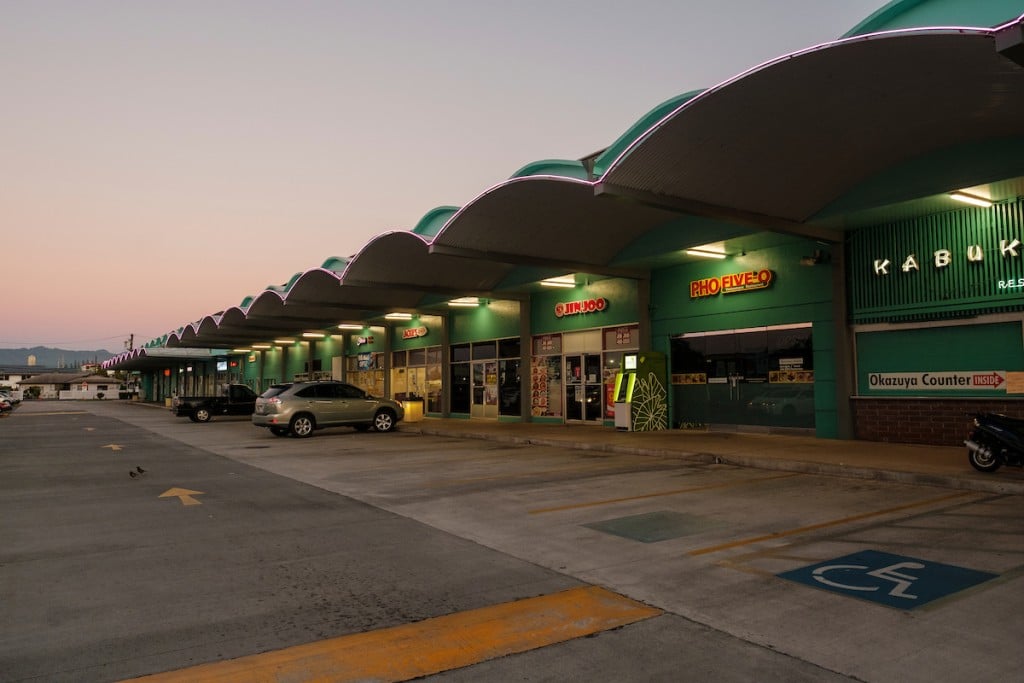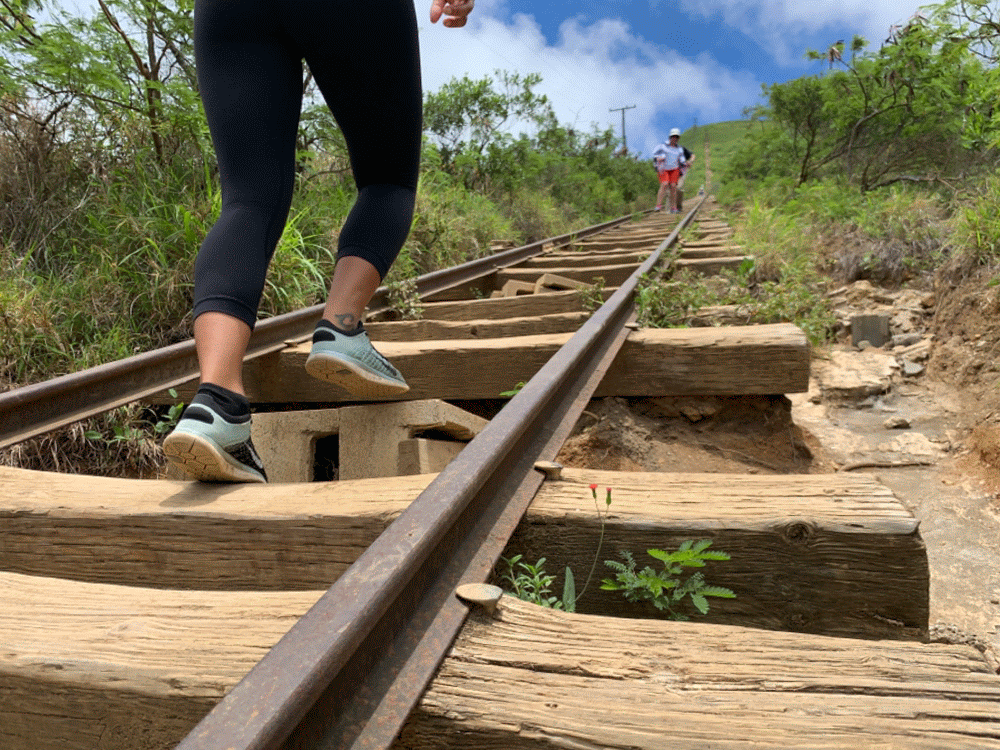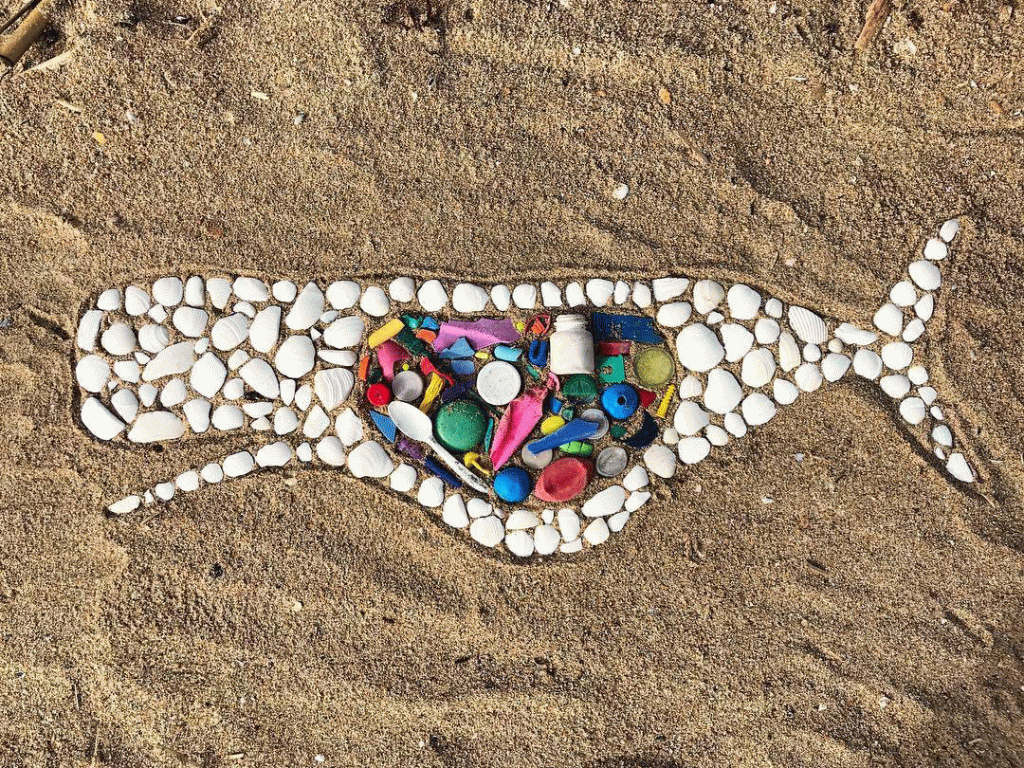The 7 Most Endangered Historic Places in Hawai‘i
The Historic Hawai‘i Foundation, the state Historic Preservation Division and HONOLULU Magazine compile an annual list of some of our state’s most endangered places.

the kapuāiwa coconut grove on moloka‘i is one of the year’s most endangered places.
Photo: PF Bentley
From ancient springs to one-of-a-kind churches, the Islands are full of gems that illustrate our culture. Many have been around for decades—some, centuries—and have survived tsunamis, lava flows and, of course, development.The Historic Hawai‘i Foundation, the state Historic Preservation Division and HONOLULU Magazine compile an annual list of some of our state’s most endangered places.
They remind us of our past. And, without them, we lose more than just a point on the map.
Each year, HONOLULU Magazine partners with the Historic Hawai‘i Foundation and the state Historic Preservation Division to explore some of our treasures that are threatened, because of neglect, money, ignorance or even bugs. But “endangered” implies there’s still hope for us to see the value in these places, and do something to save them, before it’s too late. Here are this year’s picks.
Kanewai Spring Complex
Location: Honolulu, O‘ahu

the maunalua fishpond heritage center has spent years cleaning up the kanewai spring.
Photo: John Johnson
Prior to Henry J. Kaiser’s development of Hawai‘i Kai, the area boasted one of the largest fishponds on O‘ahu. Now, only a few fishponds remain on the East Side, including the Kanewai Fishpond, which is fed by a freshwater spring that ancient Hawaiians relied on when they lived in the caves above. The fishpond is connected to Paikō Lagoon, a wildlife sanctuary, which hosts many local and endangered plants and wildlife. The area also has a coconut grove, quarried stone-block walls made without mortar, a fishing shrine and gate systems for catching fish.
What Threatens it?
Currently, the nonprofit Maunalua Fishpond Heritage Center acts as steward, taking care of the area through an agreement with the landowner. It has spent the past five years cleaning it up, removing trash, overgrowth and invasive species, and bringing in school and community groups to help. “It’s really come to life,” says Chris Cramer, president of the group. But, because it’s now such an attractive area, foreign buyers are looking to purchase the property, which could limit access, education and cultural initiatives, and preservation. Worst-case scenario, new buyers could demolish it, even convert the spring to a swimming-pool area, which would endanger local wildlife.
What can be done?
The Trust for Public Land wants to purchase the complex so it can be restored and preserved in perpetuity. “We are in the process of trying to raise funds to both purchase the Kanewai Spring property and to set Maunalua Fishpond Heritage Center up for success as steward,” says Laura Kaakua, Native Lands project manager for the trust. “I think everybody, including the landowner, is very impressed with what Maunalua Fishpond Heritage Center has been able to do in turning the spring around … what we’re trying to do is just lock in the property with a purchase agreement. It’s a matter of raising funds in time.” The organization has until next summer to raise approximately $3.3 million from city and state funding and private donations, which would also go toward creating an educational and cultural center on the property. Learn more or donate at kanewaispring.org.
Līhu‘e Shell Station
Location: Līhue, Kaua‘i

the garden island says the station is the first in the islands to have a “typical hawaiian roof design.”
Photo: Courtesy of Aloha Petroleum LTD.
This gas station along Kūhiō Highway was built in 1930 by Guy Nelson Rothwell, a Honolulu architect known for his work on more than 1,000 structures on O‘ahu, including Honolulu Hale, Roosevelt High School, the Atherton House at UH and many buildings on the Punahou campus. With a lava-rock base and pillars and a cement roof designed to emulate a grass shack, the Shell station was praised as “without doubt the finest and most attractive service station in Hawai‘i,” in a June 10, 1930, cover story of The Garden Island.
What threatens it?
Aloha Petroleum, the distributor and retailer of Shell gasoline in Hawai‘i, has filed for demolition permits with the Kaua‘i Planning Department and plans to knock it down in 2016. “The problem with this place is it’s very old and it’s very rundown and, frankly, it’s reached the end of its useful life,” says Richard Parry, CEO of Aloha Petroleum. “We’ve spent a lot of money trying to fix it,” he says, including attempting to waterproof the roof, but it still leaks and has even collapsed inside; the fuel islands aren’t under the canopy so they get wet in the rain; it’s dangerously close to the road; and the canopy is so low that tall vehicles keep hitting it. “It’s falling down, it’s a safety hazard, it’s not functional.”
What Can be Done?
“We’re always open to options, but we’ve been wondering about how to fix this thing up for five years,” Parry says. If possible, Aloha Petroleum may reuse some of the building materials or commemorate the original station with a plaque or photos.
Ka‘aina Hull, deputy planning director with the County, says the department will look into if it can be rebuilt or possibly condemned. “We’re actively reaching out to the landowners to see if there’s potential for preservation,” he says. Though he understands Aloha Petroleum’s financial concerns, he wants to educate them and the owner, the Weinberg Foundation, about its architectural history and see the building returned to its original glory. “It’s a beautiful gem in the rough.”
Update: A few days after we went to press, Aloha Petroleum Ltd. decided to put its demolition plans for the Līhuʻe Shell station on hold while it explores other options for preserving the historic structure. Hooray!
Kapuāiwa Coconut Grove
Location: Kaunakakai, Moloka‘i
Named for King Kamehameha V (Lot Kapuāiwa), this nearly 10-acre beachfront grove was first planted in the 1860s with 1,000 coconut trees, one for each warrior in his army. It’s one of the last royal coconut groves and considered by many to be sacred, filled with hundreds of trees and some freshwater springs. Coconut palms usually live for 60 to 80 years, and more than half of the grove has been replanted at least three times, but some of the original trees are still standing.
What threatens it?
The grove is not tended to on a regular basis, which leads to haphazardly strewn fronds and fallen trees, plus a buildup of litter. On top of general disrepair, many of the trees have become infected with coconut mites and other pests and diseases, according to the Moloka‘i branch of the Maui Invasive Species Committee.
What can be done?
Some trees have been removed, but “Specific expertise on palms needs to be brought to bear,” says Darcy Oishi, an entomologist with the state Department of Agriculture, including assessments of soil quality and pests.
The state Department of Hawaiian Home Lands, which owns the area, is currently installing a fence around the grove, mainly to keep out vehicles. “We have to be vigilant in trying to keep the public safe,” says Halealoha Ayau, DHHL Moloka‘i acting district supervisor. “We’re not saying you can’t go in at all, but reasons should be limited to cultural and educational.” As of this writing, people were still entering the grove without permits and safety gear.
The DHHL is also considering hiring a company to do quarterly maintenance. The Kalama‘ula Homesteaders’ Association, which has been advocating for the grove’s cleanup for years, wants to help, but president Gayla Haliniak-Lloyd says they need support from DHHL and other state officials to move forward with restoration and preservation.
Ierusalema Hou Church
Location: Hālawa Valley, Moloka‘i

‘ekalekia o ka hale la‘a o ierusalema hou means “the sacred house of new jersualem.”Photo: Courtesy of the Historic Hawai‘i Foundation |
This is the only church in remote Hālawa Valley, and its members used to travel almost 30 miles for services each week. It’s a cute, tiny building, built by the current members’ grandparents in 1948. It’s also a popular tourist stop but doesn’t currently hold services, for safety reasons.
What threatens it?
Dry rot and termites have done major damage to the building. The congregation wants to rebuild it but discovered the land the church sits on is actually owned by someone else. “Four and a half years ago, the owners of the ranch said we could have the land free of charge,” says Pastor Rey Ayau. But, because of rules and regulations regarding Special Management Area properties, Ayau says they are not allowed to subdivide it. “We’re not a shopping center or high-rise, just a little church minding our own business.” They’re not ready and willing to accept donations to rebuild until they hold the land title and can actually move ahead. However, Maui County planning director William Spence says SMA properties are allowed to be subdivided; the church just hasn’t submitted the paperwork.
what can be done?
According to Spence, the church needs to get a survey of where the land is to be subdivided, which will be reviewed by the Office of Conservation and Coastal Lands, and it needs to get an SMA permit approved by the Moloka‘i Planning Commission. Ultimately, it’s up to the County to decide. After meeting with the landowner, Ayau, attorneys and others a few months ago, “We pretty much tried to clear the way so they could go ahead and subdivide. We didn’t see any insurmountable hurdles,” Spence says. He says they’re willing to work with the church to get the proper forms filled out so the members can rightfully own the land and rebuild, but no one has approached them for help. The ball is in the church’s court.
Omega Station/Ha‘ikū Stairs
Location: Kāneo‘he, O‘ahu

Photos: Courtesy of Friends of Ha‘ikū Stairs
The controversial Stairway to Heaven in Ha‘ikū Valley, consisting of approximately 3,922 steps, was built as a means to reach antennae and transmission facilities on the mountain ridges, used to broadcast signals from the top-secret Ha‘ikū Radio Station commissioned during World War II. What started as a relay station to communicate with naval ships became an Omega navigation station in the 1960s, one of eight stations worldwide. Despite having the most advanced and complex antenna system of its time, the station was decommissioned in 1997 when GPS took over.
What threatens it?
The station sits in disrepair and has been heavily vandalized over the years. On the mauka side of the H-3, the stairs, which have been officially off limits for decades, suffer from wear-and-tear caused by hikers and were damaged by a storm in mid-February. The Board of Water Supply owns the stairs but does not want to manage them, and plans to tear them down, for safety reasons as well as to save money on security and prevent hikers from trespassing through the neighborhood. Mahealani Cypher of the Ko‘olau Foundation says the area could be used for cultural and educational purposes, and tearing down the stairs would cause damage to the native ecosystem.
What Can be done?

the h-3 freeway opened three months after the omega station shut down.
Though BWS is looking into what it would cost to remove the stairs, it would prefer to have another agency take control of them. “We’ve approached a number of government agencies and, so far, everyone’s turned us down,” says Ernest Lau, manager and chief engineer at BWS, which remains open to discussions.
Cypher says the Ko‘olau Foundation, along with others, including the Friends of Ha‘ikū Stairs, wants to transform the Omega station into a cultural museum. The landowner, the Department of Hawaiian Home Lands, has had some preliminary discussions about giving the land to another agency, but nothing has been decided.
Star of the Sea Church
Location: Kaimū, Hawai‘i Island

the church has moved twice, once to escape lava and again to settle into a permanent spot.
Photo: Adam Palumbo
The Kalapana painted church isn’t in Kalapana anymore. That’s because, when lava was about to take the town in 1990, the church parishioners decided to move the building to safety. (Good thing they did, since lava covered the highway just hours later.) In 1996, the church moved again to its current location along Highway 130; it was added to the National Register of Historic Places shortly thereafter. The building is one of only two remaining painted churches by Father Evarist Gielen, who built it in 1930 and painted the ceiling with religious scenes. Other artists have since added their work, covering the walls as well.
what threatens it?
The paintings are peeling, and someone threw a rock through a stained-glass window. Roseanna Kanoa, owner of Big Island Processing across the street, says people go there and abuse the building, so they’ve had to lock some of its windows. Previously, the Kalapana ‘Ohana Association helped maintain the church, but the group is no longer active, leaving Kanoa and two other volunteers to care for it. “We try to raise funds, but everything goes to overhead, electric, porta-potty, water, general liability and fire insurance, the lease and property tax,” she says.
What Can be done?
The paintings need to be restored by a specialized craftsman, but donations from tourists who pick up religious trinkets are minimal and go toward basic costs and repairs. Right now, Kanoa’s goal is to finish painting the outside of the church. “People always say they’ll help, but they never come through. … I really don’t know what’s going to happen.” She says if someone were to find a painter and put up the money, it could be restored, but nobody has time to even fundraise. She says the state is too overwhelmed to take it on, even though it’s on DLNR property. Someone needs to step in as steward.
Pōhakuloa Training Area Quonset Huts
Location: Hawai‘i Island

even if restored, the quonset huts would not meet basic requirements of a modern army training facility.
Photo: Courtesy of Usag-HI Directorate of Public Works
Quonset huts were designed during World War II as easy-to-assemble, temporary buildings that could be broken down and reassembled quickly. Many of the more than 100 huts at the Pōhakuloa Training Area were constructed during the 1950s and reportedly contain the only Quonset-hut chapel in the Army. The state says they make up one of the last remaining groups of huts still in use in the U.S., and it’s probable their materials were used on other military bases prior to coming to Pōhakuloa.
What threatens it?
The Army is looking into demolishing the huts, which are corroded and no longer meet Pōhakuloa’s requirements. “From an engineering perspective, we don’t believe they’re repairable,” says Sally Pfenning, director of Public Works for the U.S. Army Garrison Hawai‘i. “They were never meant to be permanent.” The huts may qualify for listing on the National Register of Historic Places because the type of structure is associated with World War II, but, in that case, only a few huts would need to be preserved.
what can be done?
Pfenning says the Army is currently going through the legal process with the state Historic Preservation Division, Historic Hawai‘i Foundation and other partners to see if the huts are eligible for the register. Within the next six months there will be a public comment period for the proposed changes. However, most of the huts were used as Cold War-era housing; a loophole in the National Historic Preservation Act requires the Army must take comments into consideration, but is not obligated to formally resolve them. To preserve the huts, some alternatives to demolition may be: Move them to another area, reevaluate the treatment of Cold War-era housing review or reevaluate to which era the huts truly belong.
Updates:
ka‘ahumanu church
Year: 2013
Location: wailuku, maui
When we last wrote about Ka‘ahumanu Church, it needed $700,000 to restore structures on the property. Unfortunately, that number increased to $1.5 million to do essential repairs after February’s storm wreaked havoc on the steeple and adjoining buildings, especially the Hawaiian immersion school. According to the Rev. Anne Wong Troy, some progress has been made—they’ve gotten some grants, and a company lent the church a crane for free—but there’s still a long way to go. “There are musicians and artists willing to donate their time [to fundraisers], but the church is so small they can’t get enough volunteers to collect money, organize the concert, be at the door, etc.,” Troy says. “If there are 10 people there on a Sunday, that’s a large number.” Anyone willing to volunteer or donate can go to kaahumanuchurch.org.
Lāna‘i City
Year: 2005
Location: lāna‘i
Much has changed on Lāna‘i since the last update we ran in 2006, the biggest, of course, being Larry Ellison’s purchase of 98 percent of the island in 2012. And though he, like previous owner David Murdock of Castle & Cooke, is investing in tourism, Ellison is also preserving historic structures. “All of the stores, all of the original buildings in the Dole Park square built between about 1924 and 1955, have been restored in their fronts, appearance and approach so that they look as they did when they were originally built, but are no longer falling apart,” says Kepā Maly, senior vice president of culture and historic preservation at Pūlama Lāna‘i. “Every community needs to have some type of economic driver. The foundation of that driver on Lāna‘i is our stories, our sense of place. The look of Lāna‘i City is part of that unique attribute.”
Marconi Wireless Telegraph Station
Year: 2012
Location: kahuku, o‘ahu
Not much has happened with this site, though owner Jeremy Henderson says they’ve done some minor cleanup to improve the view, secured the buildings for safety reasons and gotten the station onto both state and national historic registers. “We’d still like to preserve the historic buildings,” Henderson says. “Next, we’re planning a market feasibility study” to determine the options for adaptive reuse.
The Board of Water Supply Buildings
Year: 2013
Location: honolulu, o‘ahu
The Board of Water Supply withdrew its request for proposal to develop the land after all interested developers backed out. “We’re regrouping,” says Ernest Lau, manager and chief engineer of BWS. “We intend to rethink the process and go out with another RFP in the next couple of years, but probably not to touch any of the existing buildings. I think people have a lot of emotional connection to the architect who designed some of these buildings (Hart Wood).” BWS will instead focus on infrastructure upgrades and becoming accessible. Lau says they are also considering resubdividing the land into more developable parcels, or rezoning the site to give developers more flexibility.
‘Ōpaeka‘a and Pu‘uopae Bridges
Year: 2012
wailua, kaua‘i
Both bridges are scheduled for replacement, with construction beginning on the Pu‘uopae Bridge in January 2017. Instead of steel girders, which have heavily corroded over the years, the new bridge will have concrete beams and a concrete deck, says Kaua‘i County engineer Larry Dill. After its completion, construction will start on ‘Ōpaeka‘a. “The original ‘Ōpaeka‘a Bridge is an iron truss, with the deck mounted at the bottom of the trusses,” Dill says. “It was rehabilitated in 2009 so that the truss no longer supports the bridge, but remains as a visual element. The proposed replacement bridge would have concrete beams and a concrete deck, and the truss would be restored as part of that project, to maintain the appearance of the original bridge.”
READ MORE STORIES BY KATRINA VALCOURT
